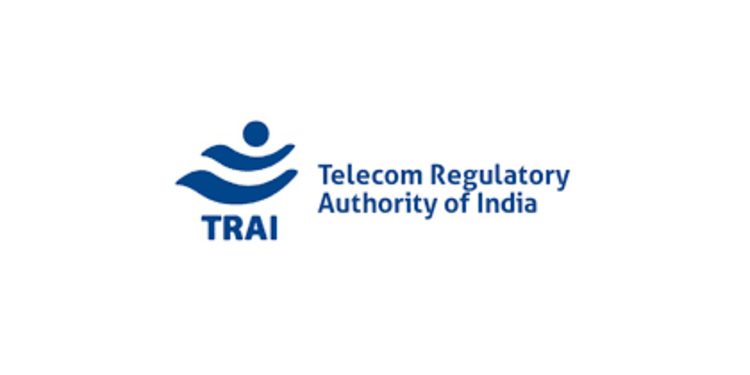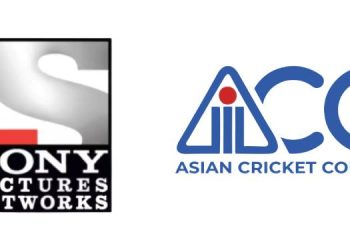TRAI has released recommendations on the Television Audience Measurement system in India in which the regulator had suggested major changes in the structure and functioning of measurement agency BARC India in order to ensure credibility in the data measurement process.
Mentioned below are some of the important recommendations from TRAI:
Structural reforms are required in BARC to mitigate the potential risk of conflict of interest, improve credibility, and bring transparency, and instill confidence of all stakeholders in the TRP measurement system.
The composition BARC India should be changed as part of the proposed structural reforms. The Board should have at least fifty percent independent members, which should include one member as a measurement technology expert, one statistician of national repute from among the top institution(s) of the country, and two representatives from the Government/Regulator.
Restructured Board of BARC India should provide for equal representation of the three constituent Industry Associations, namely; AAAI, ISA, and IBF, and with equal voting rights irrespective of their proportion of equity holding. Tenure of the members of the board shall be for two years.
An Oversight Committee should be formed to guide BARC India in the areas of research, design, and analysis, constantly improving the rating system. The Oversight Committee shall be broad-based on representation from the National Council of Applied Economic Research, IIM, IIT, media research expert and demography expert, a nominee from the Ministry of Information & Broadcasting, and TRAI. The Committee should also be responsible for nomination/appointment of independent members of the Board as well as to give policy direction to BARC India if it is so required.
To create a credible and accurate collection of data, multiple data collection agencies need to be encouraged. Competition and multiple agencies for data collection and processing would bring in new technologies, new research methodologies, new methods in analysis, new and better ways to ensure better data quality.
BARC should be at an arm’s length from its own subsidiary, Meteorology Data Pvt Ltd., which is the sole data collecting agency for BARC, as of now; so that the entire process of measurement is carried out independently to ensure inherent checks in data inconsistency, i.e., there should be a clear demarcation of there between the data collection agency and the data processing/publishing agency.
Efforts may be made to withhold the identity of the channel’s name, and number, while collecting and processing the data from the field to bring more transparency in the complete process.
BARC should also separate its functions in two units (a) one unit should be responsible for prescribing methodology of ratings/validation of data, publishing the data and audit mechanism, and (b) the other unit for processing the data, watermarking or any other such technical work including management of data collection agencies.
Once multiple agencies come forward for rating, BARC should limit its role to publishing the ratings, and framing methodology and audit mechanism for the rating agencies, so that the number of agencies can develop multiple rating system leveraging new technologies.
The rating agency should be mandated to increase the sample size from the existing 44,000 to 60,000 by the end of 2020, and 1,00,000 by the end of 2022 using the existing technology.
BARC shall immediately conduct a study in collaboration with the Indian Statistical Institute or any other institute of repute, to estimate the appropriate sample size, and to get the correct representation of the viewership including regional and niche channels. The sample size once increased; it will make the data tampering an arduous exercise. On the basis of the study conducted, BARC should reach the target of reaching the sample size in a time-bound manner.
There should be some financial disincentives prescribed as penal provisions including the cancellation of registration if the specified target is not met by Barc.
MIB should amend the DTH License and MSO registration so as to mandate STBs capable of transferring viewership data and the adoption of RPD technology. This transfer of data can be done by establishing a return path/connection from STB to the remote servers of the Audience Measurement agency.
Anonymized viewership data should be transferred electronically to the Audience Measurement agency for statistical analysis and Television Rating purposes. No data from any STB should be transferred to Rating agency without explicit consent from the subscribers.
DPOs should be allowed to mutually negotiate the terms and conditions for sharing the data with Measurement Rating agency within the overall framework prescribed by TRAI from time to time. Such a framework shall be prescribed by TRAI once these recommendations are accepted by MIB.
BARC should keep all relevant data such as original data ( meter- level data) arising out of the household panel, the data deleted/ignored/not considered for ratings and the resultant processed data for TRP rating at least for one year in the same format and pattern as in the final ratings, declared to the subscribers including Broadcasters, advertising agencies, and advertisers.
BARC should review/frame its outlier policy based on scientific study and market survey conducted from time to time. BARC should automate data processing in such a manner that no manual intervention is required before the final TRP rating is released. Any type of manual intervention in the meter-level/raw data arising out of household panel must be avoided. Manual intervention, if any, in abnormal circumstances should be reported and informed to the auditors also.
Adequate framework for grievance redressal may be made having nodal officers and Appellate body so that the grievance(s) of stakeholders can be effectively addressed in a time-bound manner. BARC should also develop a portal wherein any stakeholder can raise the grievance(s) with regards to ratings published by the agency.
BARC should get an annual audit conducted by an independent agency to ensure conformance with TRP rating methodology, sample size, and grievance redressal methodology and publish the audit report on their website after the Board’s approval within three months, after the end of the financial ear. An audit manual should be made to ensure the accuracy of the process adopted for ratings,household-panel selection, functioning, and data collection for overall rating systems.
An internal audit committee may be constituted headed by a member of AAAI or ISA to audit processes, sample size, rating methodology, and effective redressal of grievances in a time-bound manner. A quarterly report of internal audit committee must be approved by the Board of BARC within 30days from the end of the quarter and shall be placed on the website of BRAC.
The detailed document can be accessed on TRAI’s official website.

















